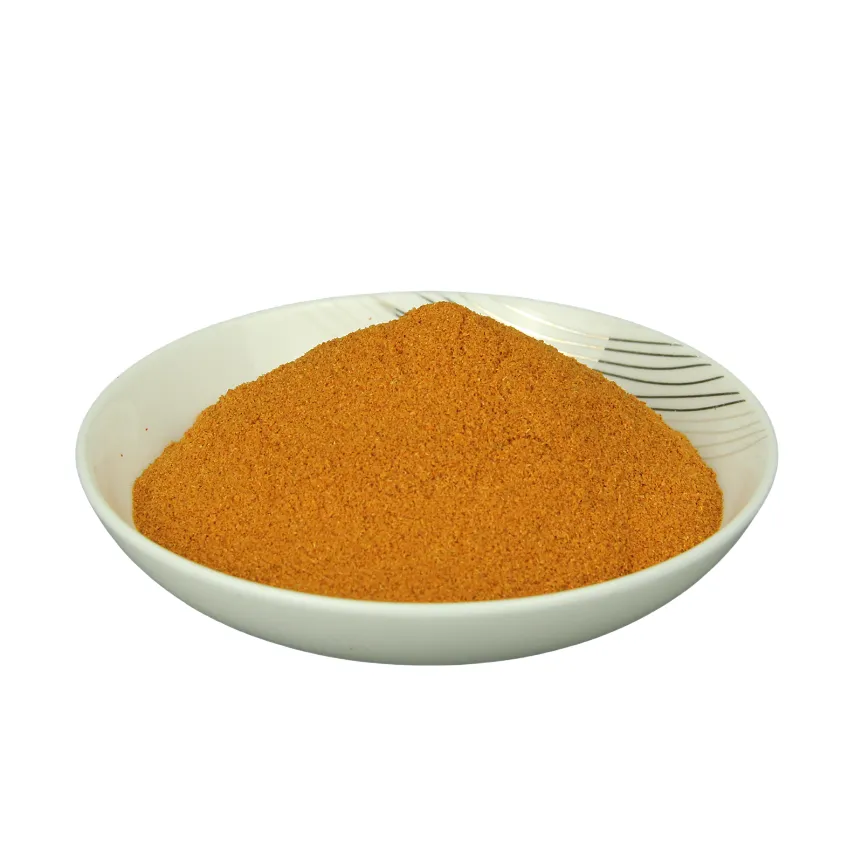Aug . 07, 2024 09:45 Back to list
Exploring the Flavors and Benefits of Spicy Paprika in Your Culinary Adventures
Exploring the Vibrant World of Picante Paprika
Paprika is more than just a spice; it is a vibrant symbol of culinary tradition, culture, and history. Particularly, picante paprika, known for its distinct heat and flavor, has become increasingly popular in kitchens around the world. This article delves into the origins, characteristics, and uses of picante paprika, inviting you to explore its intriguing essence.
Picante paprika originates from the Capsicum annuum species, which encompasses various types of peppers, including bell peppers and chili peppers. The term “picante” signifies a spiciness that sets it apart from its milder counterparts like sweet paprika. Traditionally, picante paprika is sun-dried and ground into a fine powder—a process that enhances its rich color and flavor. This vibrant spice can range in heat levels, allowing it to cater to diverse palates and culinary styles.
Historically, paprika has deep roots in regions such as Hungary and Spain, where the spice was incorporated into many traditional dishes. Hungarian paprika, in particular, is celebrated for its variety and richness, often categorized into different grades based on color and heat level. Picante paprika is particularly favored in dishes that call for a spicy kick, adding depth and character to the overall flavor profile.
The flavor of picante paprika is complex, characterized by a balance of sweetness and heat. It adds warmth and depth to dishes without overwhelming them. In cooking, it can enhance the taste of meats, stews, sauces, and even vegetables. Chefs often use picante paprika in rubs for grilled meats, where its heat can penetrate and elevate the dish. Additionally, it is a key ingredient in classic Spanish dishes such as paella, where it blends harmoniously with saffron and other spices.
picante paprika

In recent years, the health benefits of spices like picante paprika have attracted attention. Capsaicin, the compound responsible for the heat in peppers, has been studied for its potential health benefits, including anti-inflammatory properties and the ability to boost metabolism. Incorporating picante paprika into your diet not only adds flavor but may also contribute to overall well-being.
In terms of versatility, picante paprika shines. Beyond its use in savory dishes, it can also be incorporated into snacks, condiments, and even desserts. The spicy kick it imparts can elevate popcorn, roasted nuts, or even chocolate-based confections, illustrating its capability to traverse culinary boundaries. This adaptability makes picante paprika a staple in many kitchens, encouraging cooks to experiment and innovate.
When selecting picante paprika, it is essential to consider both quality and origin. Freshness plays a significant role in retaining the vibrant flavor and heat of the spice. Purchasing from reputable sources ensures that you receive authentic products, as the true essence of picante paprika can vary significantly between regions and brands.
In conclusion, picante paprika is a vibrant, multifaceted spice that transcends traditional culinary boundaries. With its roots steeped in rich history, unique flavor profile, and potential health benefits, it has earned its place as a beloved ingredient in the global kitchen. As more home cooks and professional chefs embrace its heat and flavor, picante paprika is poised to continue making a mark on the culinary landscape—inviting everyone to savor a bit of its spicy charm. Whether used sparingly to enhance a dish or as the star ingredient, picante paprika is a true testament to the power of spice in enriching our dining experiences.

